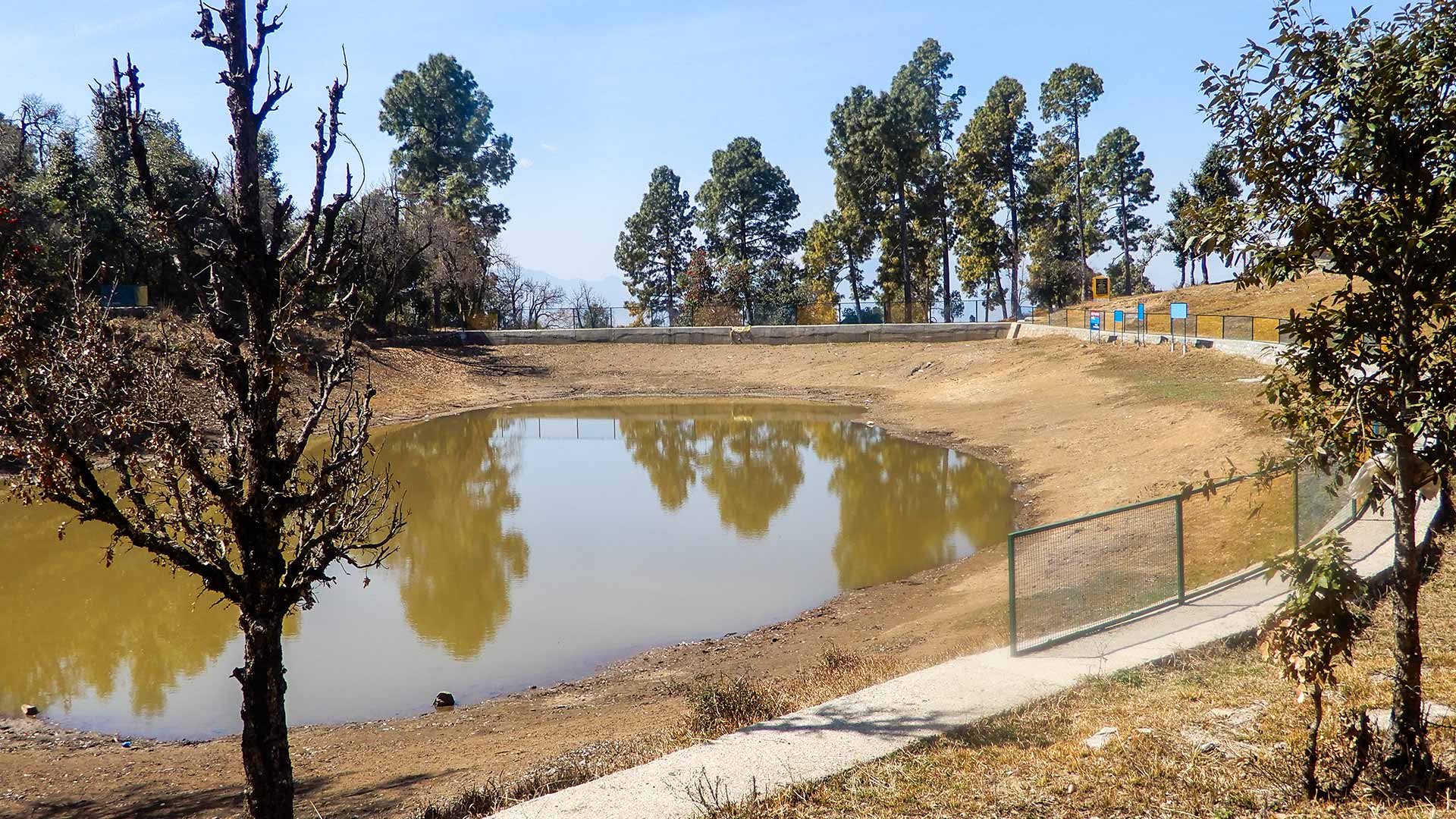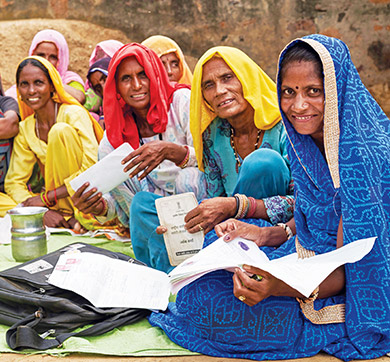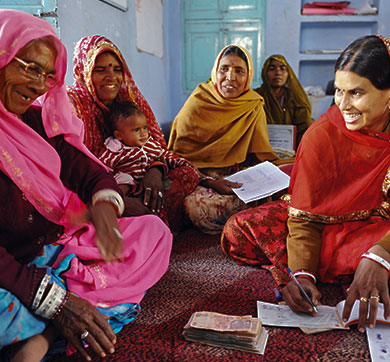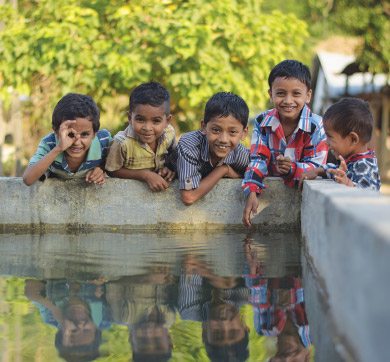September 2022 | 869 words | 3-minute read
Today, Jhaltola Lake, also known as the Lamkeshwar Mahadev Lake, is a 25ft-deep man-made lake at an elevation of 2050m above sea level in Uttarakhand’s Gangolighat block. Surrounded by dense forest and the Lamkeshwar Mountain, the lake has a capacity of 10 million litres of water at its fullest.
The Gangolihat block lies between the Ram Ganga and the Saryu rivers and is rich in natural resources including high forest diversity, waterfalls, perennial rivers, and springs. Despite this bounty, Jhaltola Lake, located approximately 25km from the Dasaithal market, was barely a puddle even during the rainy season. Originally a geographical depression, a large part of the lake was swampy/marshy, and the puddle served as a watering hole for the animals. While the puddle filled with water during the rains, it dried up when the season ended.
“With each passing year,” remarks Dr Vinod Kothari, WaSH team, Tata Trusts, “the puddle became smaller and smaller over time.” Changing climatic conditions were causing underground springs to dry up and the water in the lake was receding. Unpredictable rainfall patterns and less rains during winter also meant that ground water was not being replenished. A 2018 Niti Ayog report pointed out that mountain springs, once the lifeline of people living in the Himalayan regions, were rapidly drying up. This finding has since been corroborated by other research organisations.
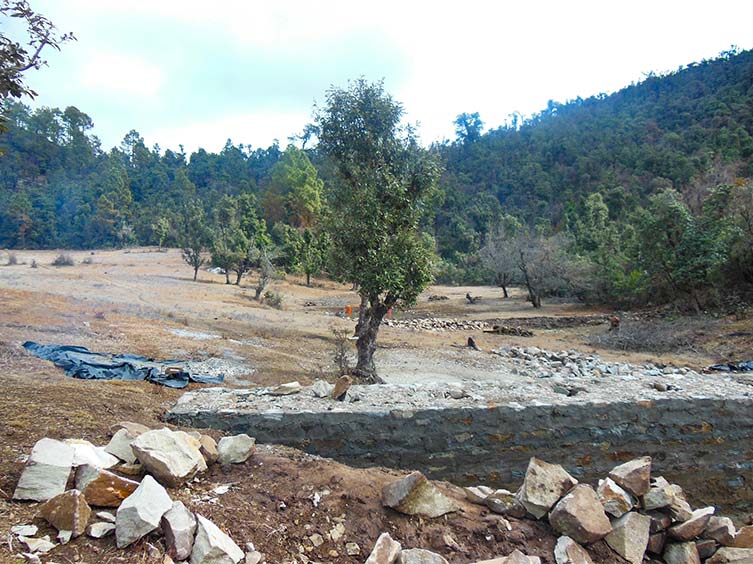
Ground zero
As a result, the local population suffered untold water scarcity during the summer months (April to June). The other water sources in the village also dried up adding to the misery. “We were used to the springs downhill drying up by October,” says Rajendra Singh Bora, a resident of the village. “With water drying up in the forests, wild animals started wandering into settlements triggering man-animal conflict.”
To address these problems, the villagers requested assistance from the district administration, who visited the pond multiple times to conduct on-ground assessment. The Himmotthan Society (an associate organisation of the Tata Trusts) was entrusted with the task of reviving the lake. Set up in 2007, Himmotthan Society is focused on working among the rural mountain communities by developing sustainable community owned enterprises linked to livestock, agriculture, non-timber forest produce, and intervening for better education, access to safe water, sanitation and energy.
It helped that the Himmothan Society had already initiated a water security programme in Gangolihat block. The programme aims to augment water discharge in identified springs during the lean season. In 2018, Himmotthan, working in collaboration with the district administration, began reviving the moribund lake under the Mahatma Gandhi National Rural Employment Guarantee Scheme.
“We undertook a scientific, hydrogeological planning to treat the catchment area,” says Dr Kothari. “A detailed technological report was prepared and submitted to the district administration. Once the plan was approved, Himmotthan designed, appropriate vegetative and engineering measures to limit the runoff and maximise ground absorption of precipitation.”
The marshy area was widened and deepened, a perimeter security wall was built, grills were installed, and the puddle eventually took on the shape of a lake.
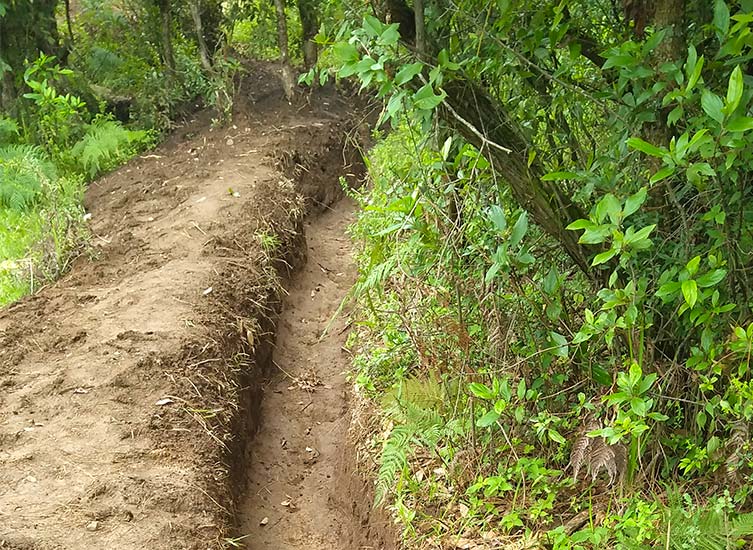
Challenges and outcomes
However, the task wasn’t easy. “When construction began, it exacerbated the community’s water woes,” reports Dr Kothari. “We had to transport water from Ukhrani, a habitat up a steep 500-700m slope, to ensure the villagers had access to water.”
The bigger challenge that faced the project team, though, was how to conserve water in the lake. A drainage system comprising trenches, minor drains, and canals was built so that rainwater from the forest slope could be diverted to the lake. The earthen structures also helped collect snow during winter. Water was retained in the pond by using poly sheets.
Napier grass and several types of trees were planted around the periphery, and an area of over three hectares was treated scientifically. Several types of fish were also introduced into the lake once the project was completed.
The lake was opened to the public on February 27, 2020, by local authorities, in the presence of public representatives and other officials.
The results were encouraging. During the rains, the lake began to overflow and a significant amount of water remained throughout the year. The ripple effects were felt throughout the region as water sources of 24 downstream settlements were also recharged. “The seasonal springs in the villages of Chak, Sirsadi and Thatoli, etc., are now perennial water sources, thanks to Jhaltola Lake recharging local aquifers,” says Dr Kothari.
Some new water sources have also appeared. The surrounding ecosystem has been revitalised. Animals that earlier wandered into human settlements in search of water, now remain within the forests bringing down man-animal conflict. Like other villagers, Mr Bora is ecstatic. “The downhill springs are replenished and now provide water throughout the year,” he says. What’s more, the revival of Jhaltola Lake has encouraged sustainable activities such as rainwater gathering and environmental conservation.
The local community is deeply appreciative of Himmotthan Society’s efforts.
The success of this project exemplifies the success of Himmotthan’s participatory and demand-driven strategy. It also proves conclusively that if community efforts converge with financial and logistics collaboration from government departments and other organisations, change can be both permanent and sustainable.
Source: tatatrusts.org, June 14, 2022




